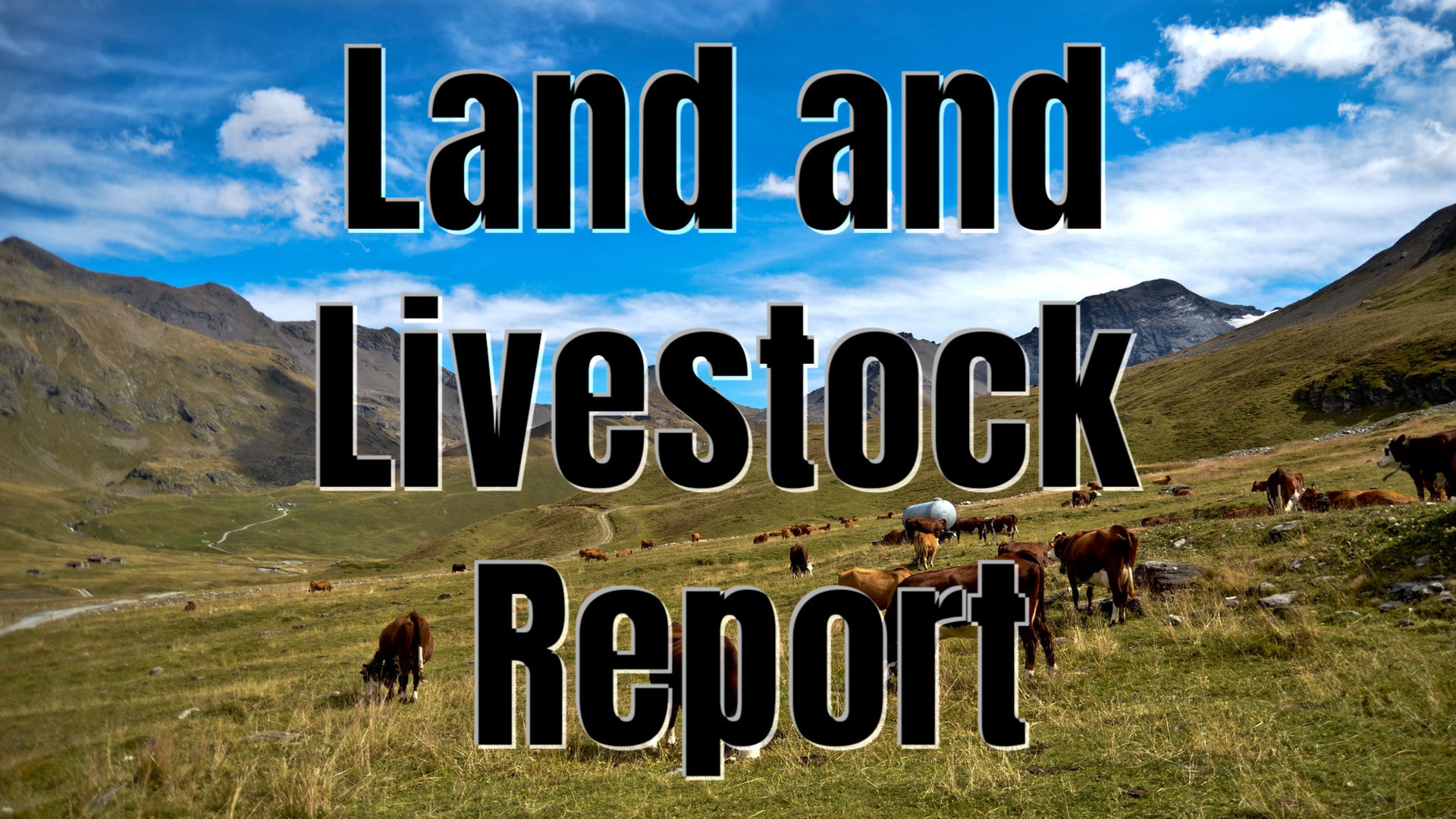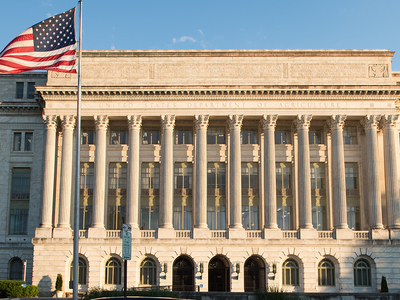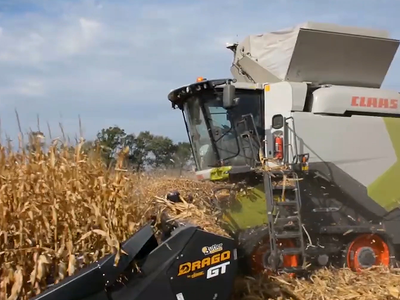Utilizing Windbreaks for Beef
Welcome to Open Range, I’m Susan Allen. Stay tuned because after the break I’ll check in with our field reporter, Greg Martin for the AgriBeef Minute.
I’m Greg Martin with today’s AgriBeef Minute. David Ames, Former Environmental Physiologist with Colorado State University knows that cold weather can affect your cattle herds and there is a relatively easy way to help reduce stress.
AMES: The whole issue with cattle and weather as far as I’m concerned - of course humane treatment of animals is always important but when it comes to a hereford cow that can stand lots of weather and live through the winter and doesn’t seem like it has much to eat and all those kind of things, the whole point is feedlot cattle as well as any animal just burns a whole lot more energy when it’s cold.
That means a whole lot more feed in winter and of course a higher input cost. Ames found that even an animal with a winter coat can be affected by wind and moisture.
AMES: And if you feed cattle according to what they really need in cold, wet and windy conditions - it’s going to take more feed and it’s going to take quite a lot more feed. And of course the biggest expense in maintaining cows is feed costs. The feed costs in January can be 20 to 30% higher.
One easy solution is the provide wind breaks either natural or constructed and Ames says the simplest is to build the windbreak out of bales of hay. This way the cattle not only get the additional protection from the elements, they have a ready supply of food.
I’m Greg Martin and that’s today’s AgriBeef Minute.
Thanks Greg. Don’t forget Greg will be back each Wednesday with the AgriBeef Minute. Agri Beef Co - Real Families, Great People, Exceptional Beef. I’m Susan Allen.

















